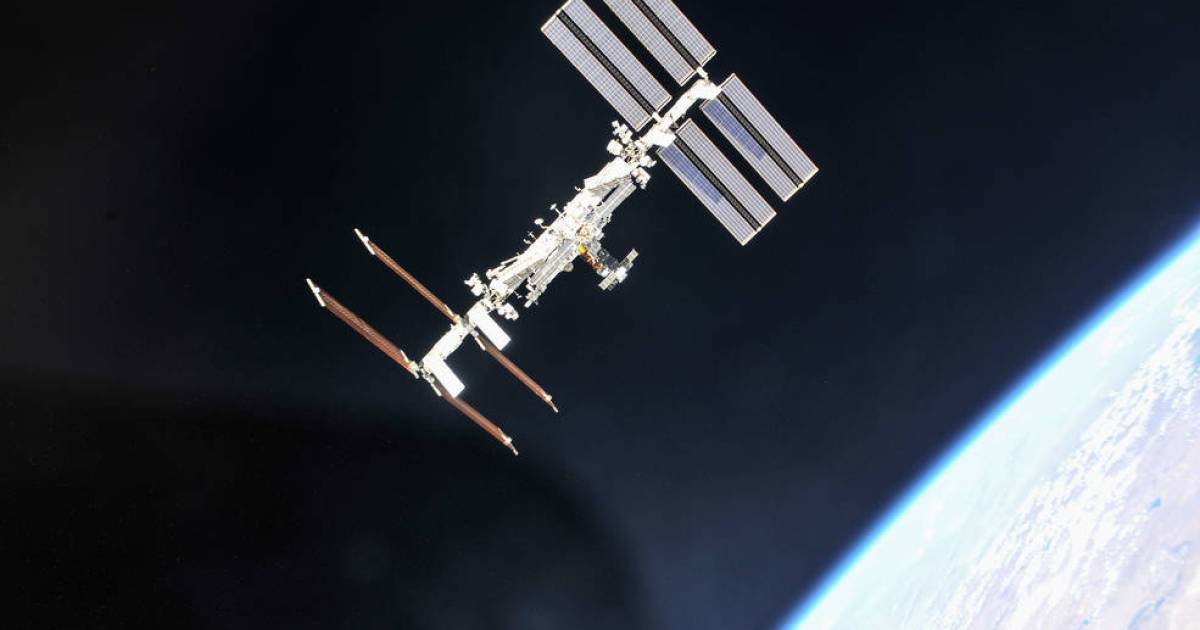
NASA is aiming to build a special spacecraft capable of guiding the International Space Station to a safe deorbit position when it’s decommissioned in 2030.
Details of the plan were laid out in recent days when the White House released its budget request for 2024.
The proposed $27.2 billion allocation for NASA includes $180 million to begin the development of a so-called “space tug” designed to ensure that the station safely burns up as it enters Earth’s atmosphere in seven years’ time, Space.com reported.
However, the final cost of the tug could reach almost $1 billion, according to comments made on Monday by Kathy Lueders, chief of NASA’s human spaceflight program.
As things stand, the ISS could be deorbited by a docked Russian Progress cargo vehicle using a series of engine burns to alter the station’s course. But according to SpaceNews, NASA has concluded that “additional spacecraft may provide more robust capabilities for deorbit,” prompting the agency to explore the idea of a specially designed space tug.
The space station went into service two decades ago as a place for astronauts to live and work, performing science experiments in microgravity conditions. But its aging design means the facility, which orbits 250 miles above Earth, will be destroyed in a few years from now.
At more than 100 meters end to end, great care will need to be taken when decommissioning the space station. For example, it has to be maneuvered clear of functioning satellites and any large pieces of space junk before being set on a course that will result in much of it burning up over the Pacific Ocean. However, some of it is expected to plunge into the sea at Point Nemo, a spot well away from land that’s known as “the space cemetery” as it’s often targeted for controlled descents of space junk.
NASA is partnering with private firms with the aim of building a replacement station, while China recently set up its own orbital facility. Russia has also expressed an interest in building its own space-based laboratory in low-Earth orbit, with all these projects ensuring that humans — albeit a select few — will continue to live and work in space for years to come.
Editors’ Recommendations
Services Marketplace – Listings, Bookings & Reviews
